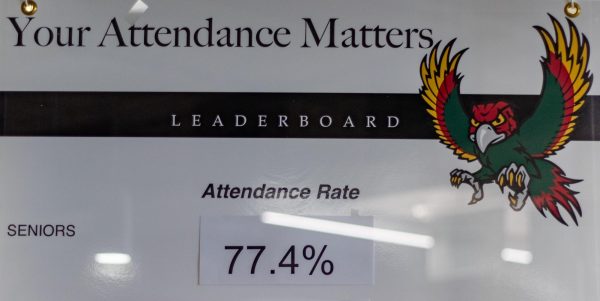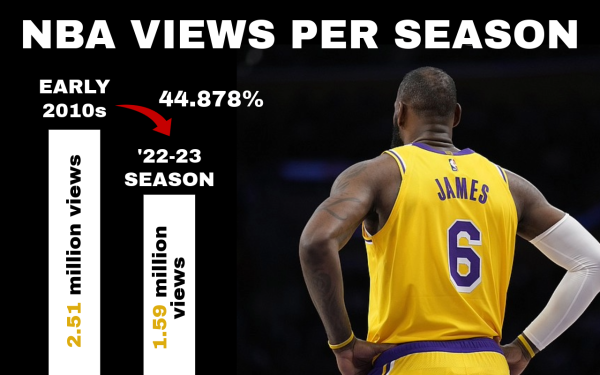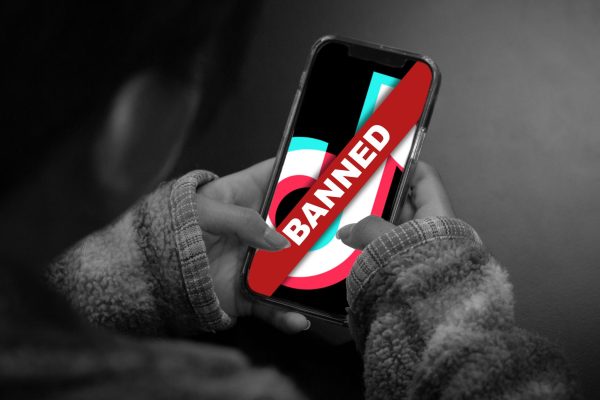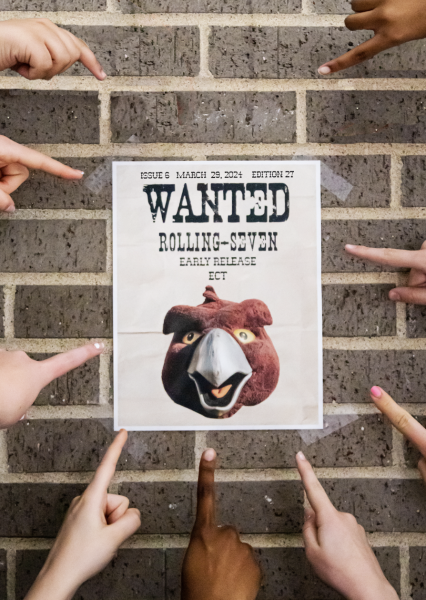Bullying is redefined by students, faculty
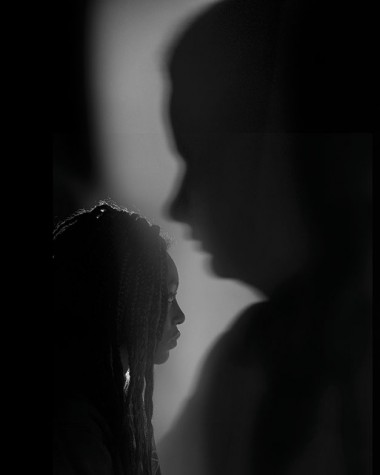
According to counselor Ken Hile, “One person’s reaction to
how they’re treated is their perception, but their perception is also their reality.” Hile believes that bullying stems from lack of self esteem on the part of the bully.
Teachers expressing their intolerance for bullying has been routine starting as long ago as elementary school. Through anti-bullying assemblies, students were taught to treat others the way they want to be treated and face their peers with nothing but kindness and acceptance; however, voices have been piping up in regards to incidents involving quite the opposite. As some students face daily maltreatment from their classmates, they are beginning to wonder if the routine anti-bullying assemblies were ever effective.
Bullying is a word every student is familiar with, but the true definition has been lost over the years, according to guidance counselor Ken Hile.
“The word [bullying] is thrown around a lot, and that’s what confuses parents, students and teachers,” Hile said. “People become desensitized to it.”
A common definition of bullying is simply unwanted aggressive behavior; however, that definition leaves many students feeling lost among a spectrum of bullying that ranges from physical to cyber to verbal. Fights can break out in hallways, classrooms, and cafeterias, but feelings can also be hurt through computer screens. Students who experience bullying through social media or social interactions are having trouble finding the assertion they need to end their unwanted aggression. according to sophomore Grace Porter.
After providing information about feminism on her Instagram account, Porter received a load of negative comments that affected not only her life on social media, but also her life at school.
“[The commenters] were making sexual comments, and they told me to kill myself and that all feminists should kill themselves,” Porter said.
Sometimes the bullying is not enough where a kid feels like they need to go to someone, so they think they have to put up with it when they really don’t.
— guidance counselor Ken Hile
Not knowing when bullying is at a level deemed “reportable” is frustrating to students such as Porter, but once the hostility from Instagram carried over to the classroom, she knew she had to reach out to someone.
“That first week after the whole thing happened, I was scared to be at school,” Porter said. “I felt so much judgement, and I felt like people were going to get angry at me. I reported it to administration and eventually something was done, but at first I don’t think they really took it seriously.”
Hile agreed that students end up trying to deal with a problem on their own rather than reporting the problem to administration.
“[Administration] doesn’t have much tolerance for bullying, but it still happens, and it happens very subtly too,” Hile said. “Sometimes the bullying is not enough where a kid feels like they need to go to someone, so they think they have to put up with it when they really don’t.”
Bullying ranges from physical to verbal to cyber; unfortunately, different forms of bullying receive different levels of attention. Physical fights are broken up instantaneously while slight verbal bullying such as hurtful comments or simply being picked last for a team are shoved to the back of people’s minds.
“Physical bullying gets more notice, but verbal bullying is just as bad,” Porter said. “You never know what people are going through and how they’re going to take things. Some people can just brush it off, but I know I’m the type of person who can’t do that as easily, and things like that can really stay with me.”
Everyone comes from a different background, and everyone handles bullying differently. Depending on the student, verbal bullying can be more painful that physical bullying according to Hile.
“One person’s reaction to how they’re treated is their perception, but their perception is also their reality,” Hile said.
Although bullying has taken place in classrooms and on social media platforms, students keep optimistic ideas about a future with less judgment.
“In an ideal world, students treat each other as if everything is normal, so students see something that’s different and even though they recognize it’s different, they don’t question it,” senior Steele Jacobs said. “They just accept it as long as it’s not interfering with any learning.”
Hile also keeps a positive view when students come to him for guidance.
“I believe that everything is either an act of love or an act of fear,” Hile said. “A lot of bullying and acting out is really about fear. They’re afraid of someone else or afraid of their differences. I always just go back to the golden rule about treating people with kindness and out of love.”
Although the world today is not ideal in the eyes of Porter, she believes everyone can work toward an environment where every classmate and social media post is well respected.
“You don’t have to like everyone, but everyone deserves respect,” Porter said. “You should be kind and reach out to people.”


